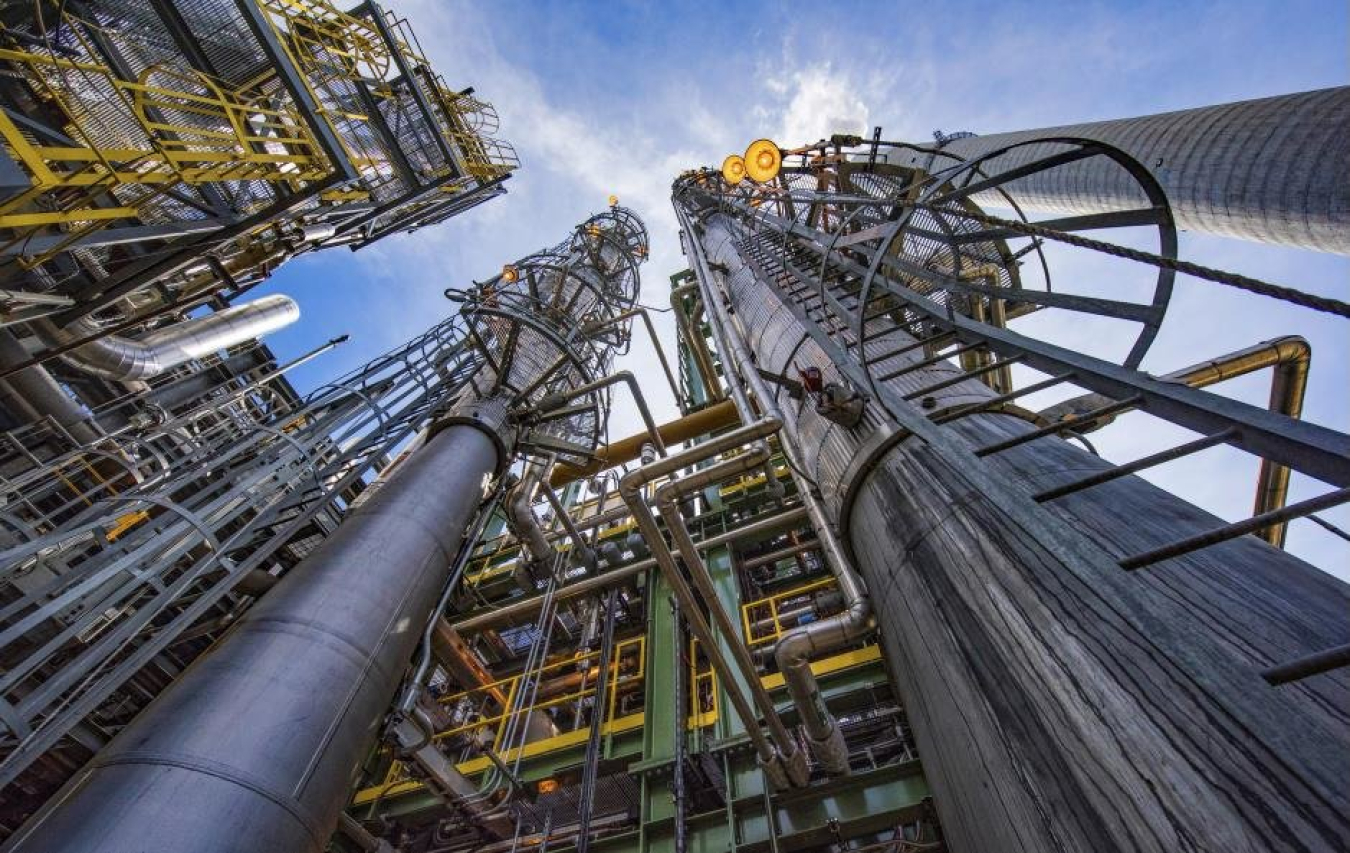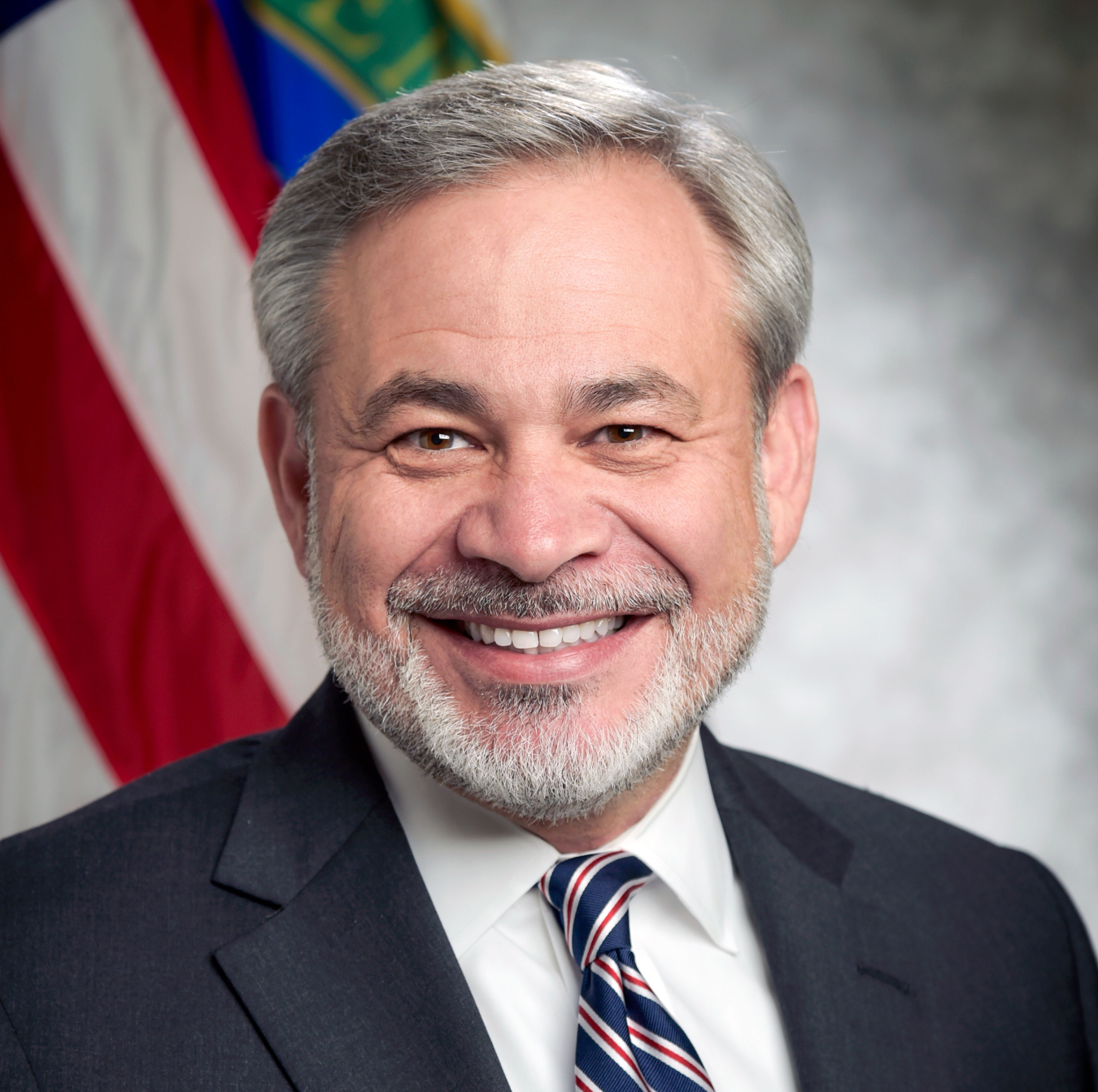Deputy Secretary of Energy Dan Brouillette on how carbon capture, utilization, and storage (CCUS) can help foster a global clean energy economy.
May 21, 2018This week, I am excited to continue the conversation surrounding clean energy initiatives during my trip to Copenhagen, Denmark, to participate in the 9th Clean Energy Ministerial (CEM9).
This event provides the world’s top energy officials and private-sector leaders the opportunity to discuss various policies and programs that will help foster and advance the growth of clean energy technologies.
One such technology with enormous clean energy potential is carbon capture, utilization, and storage—commonly called CCUS. Last year, Secretary of Energy Rick Perry called CCUS one of the most effective ways for allowing the United States to continue using its abundant fossil fuel resources, while also protecting the environment, and proposed including CCUS in international clean energy discussions.
At a meeting hosted by the International Energy Agency last year, Secretary Perry also said, “I don’t believe you can have a real conversation about clean energy without including CCUS. The United States understands the importance of this clean technology and its vital role in the future of energy production.”
In order to move toward a global low-carbon economy, countries across the world will need to commit to further advancing and deploying CCUS technologies.

Petra Nova in Texas is the world’s largest post-combustion carbon capture system, capturing carbon dioxide (CO2) produced by burning coal for use in enhanced oil recovery.
CCUS Initiative
During CEM9 this year, the United States, Norway, and Saudi Arabia will launch a new CCUS initiative – to advance global collaboration on carbon capture, utilization, and storage technologies.
Other international partners that have joined this initiative include Canada, China, Japan, Mexico, Netherlands, Norway, Saudi Arabia, United Arab Emirates, United Kingdom, and the United States; as well as the European Commission.
The CCUS initiative will focus on strengthening the framework for building collaborative partnerships on CCUS between the public and private sectors. It will also bolster and complement existing CCUS efforts led by the Carbon Sequestration Leadership Forum, the International Energy Agency (IEA), the IEA’s Greenhouse Gas R&D Programme, Mission Innovation, and the Global CCS Institute.
As a critical technology used to reduce carbon dioxide emissions from fossil-fueled power plants and other industrial activities, CCUS also helps to provide energy security by securing energy diversity and furthering investments made in existing infrastructure. CCUS is an important priority for the United States and the Trump Administration because it is a key ingredient in meeting our goals of lowering emissions while also stimulating our economy, ensuring our energy security, and protecting our health.
However, greater investments will be needed worldwide in order to fully develop and deploy CCUS as a truly effective means of lowering emissions from industrial processes and coal- and gas-fired power generation plants.
This is why following through on this joint CCUS initiative is so critical. Through this initiative, we hope to foster greater international collaboration as we work together to shape policies that will advance CCUS as part of a prosperous low-carbon economy.
Dan Brouillette
Dan Brouillette, Former Secretary of the U.S. Department of Energy

Dan Brouillette served as the 15th Secretary of the U.S. Department of Energy. Secretary Brouillette has three decades of experience in both the public and private sector. Most recently he was the Deputy Secretary of Energy.
He also served as the Senior Vice President and head of public policy for USAA, the Nation’s leading provider of financial services to the military community. Before joining USAA, Secretary Brouillette was a Vice President of Ford Motor Company, where he led the automaker’s domestic policy teams and served on its North American Operating Committee.
At Ford and USAA, he was part of senior management teams that helped bring to market innovative technologies like auto collision avoidance and remote deposit capture, a technology invented by USAA that allows the use of smart devices to deposit funds into our banking accounts.
Before his transition into the private sector, Secretary Brouillette held numerous positions in government. He was Chief of Staff to the U.S. House of Representatives Committee on Energy and Commerce, which has broad jurisdictional and oversight authority over five Cabinet-level Federal agencies. He also served as Assistant Secretary of Energy for Congressional and Intergovernmental Affairs from 2001 to 2003. In addition, he is a former state energy regulator, having served as a member of the Louisiana State Mineral and Energy Board from 2013 to 2016.
Secretary Brouillette and his wife, Adrienne, are both U.S. Army veterans and have been married for 28 years. They hail from San Antonio, TX, and have nine children.


